Trekking to K2 Base Camp is one of the most challenging yet rewarding adventures in the world. Located in the Karakoram Range in northern Pakistan, K2 is the second-highest mountain on Earth. This trek takes you through remote valleys, rugged glaciers, and some of the most breathtaking mountain scenery on the planet.
If you’re an adventure lover, this trek should definitely be on your bucket list. Let’s dive into the details of what you can expect during your trek to K2 Base Camp and how to prepare for it.
When is the Best Time to Trek to K2 Base Camp?
The best time to trek to K2 Base Camp is between late June and mid-September. During this period, the weather is more stable, and the paths are relatively safer to walk. The temperatures are also more moderate, though it can still get cold at night. In terms of crowds, the busiest months are July and August. If you prefer fewer people on the trail, consider trekking in late June or early September.

Overview of the K2 Base Camp Trek
The K2 Base Camp trek usually lasts between 14 to 21 days, covering around 130 kilometers (80 miles) round-trip. You start from Skardu, at an altitude of 2,228 meters (7,310 feet), and gradually climb to K2 Base Camp, which is at 5,150 meters (16,900 feet).
The trek is physically demanding, so you’ll need to be in good shape. It’s important to train beforehand, focusing on building stamina and getting used to walking long distances. Also, be prepared to trek at high altitudes where the oxygen levels are lower.
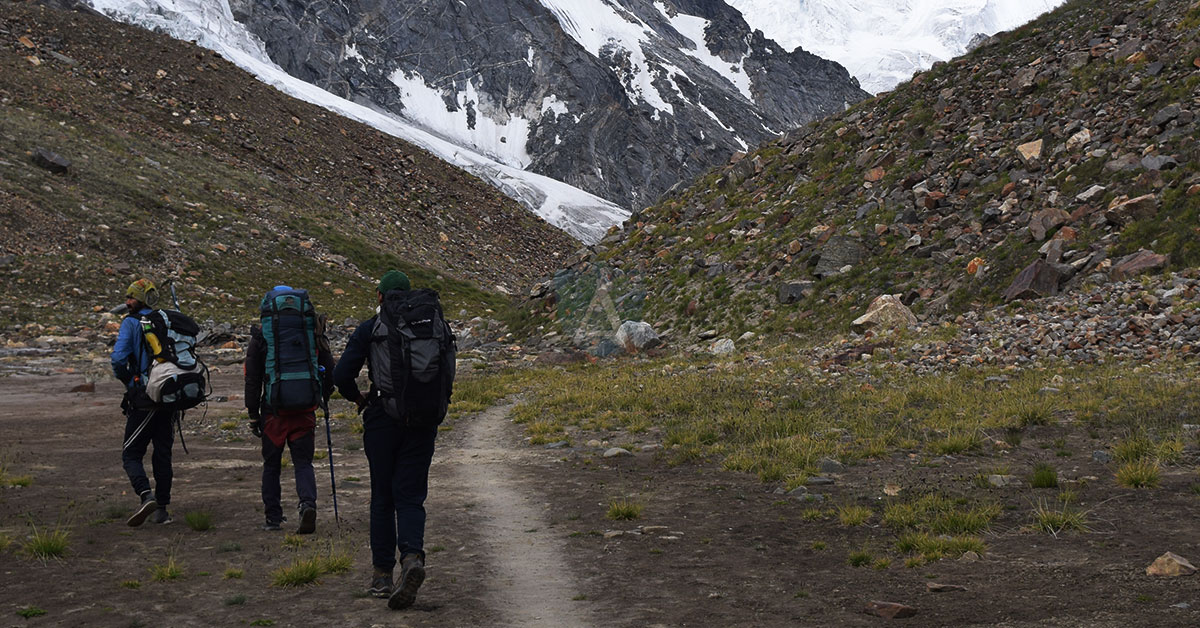
Detailed Day-by-Day Itinerary
Here’s a detailed breakdown of the typical itinerary for the K2 Base Camp trek:
Day 1: Arrival in Skardu
Your journey starts in Skardu, a small town nestled between mountains. You’ll either fly from Islamabad or drive through winding mountain roads. Spend the day exploring local sites like Skardu Fort and Shangrila Resort while adjusting to the altitude.
Day 2: Drive from Skardu to Askole
From Skardu, you’ll take a jeep ride to Askole, a small village that serves as the gateway to the trek. The journey takes about 6-7 hours, passing through narrow, bumpy roads surrounded by stunning landscapes.
Day 3: Trek from Askole to Jhula
The real trekking begins on this day. You’ll hike for about 6-7 hours, crossing suspension bridges and walking along the Braldu River until you reach Jhula, where you’ll camp for the night.
Day 4: Jhula to Paiju
Another 6-7 hours of trekking will take you to Paiju. The terrain here starts to change as you move from rocky paths to greener areas with fields. At Paiju, you’ll be rewarded with amazing views of the Paiju Peak.
Day 5: Rest Day at Paiju
You’ll spend this day resting and acclimatizing to the higher altitude. This is a great chance to explore the area or take short walks around the campsite to help your body adjust to the thinner air.
Day 6: Paiju to Urdukas
From Paiju, you’ll trek along the Baltoro Glacier, one of the largest glaciers in the world. The views here are simply stunning, with towering peaks like the Trango Towers and Cathedral Peaks in sight. The day ends after a 6-7 hour trek at Urdukas camp.
Day 7: Urdukas to Goro II
As you gain more altitude, the trek gets tougher. You’ll walk for 6-8 hours across rocky glaciers until you reach Goro II, your next camp. Here, you’ll get your first close-up views of Masherbrum, another iconic peak in the region.
Day 8: Goro II to Concordia
This day’s trek, lasting 5-7 hours, brings you to Concordia, often called “the throne room of the mountain gods.” This is where you’ll see the mighty K2 for the first time, along with other towering peaks like Broad Peak and Gasherbrum IV.
Day 9: Trek to K2 Base Camp and Back to Concordia
This is the highlight of the trek. You’ll hike to K2 Base Camp, where climbers prepare to attempt the summit of K2. The round-trip trek takes about 7-8 hours. Standing at the base of K2 is an unforgettable experience, surrounded by majestic mountains and glaciers.
Day 10-14: Return Journey to Skardu
You’ll retrace your steps back to Skardu, staying overnight at the same campsites you used on the way up. Depending on your group’s pace, you might take rest days along the way.
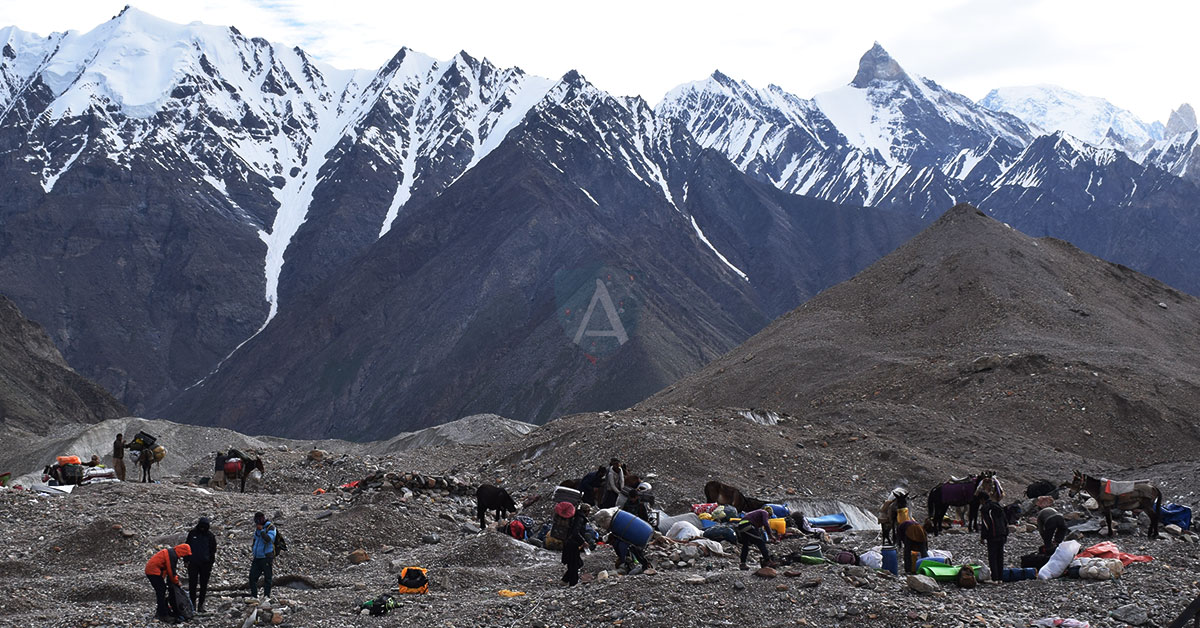
What to Expect on the K2 Base Camp Trek
A. Terrain and Difficulty
The terrain is rugged and involves walking on rocky paths, glaciers, and crossing rivers. This trek is physically demanding, especially due to the high altitude, but the scenery is worth every step.
B. Altitude Sickness
The risk of altitude sickness is real, as you’ll be trekking above 3,000 meters for most of the journey. Common symptoms include headaches, dizziness, and shortness of breath. It’s important to take rest days and stay hydrated to avoid serious altitude-related problems.
C. Wildlife and Nature
Keep an eye out for rare animals like snow leopards, ibex, and Himalayan birds. The region’s natural beauty is breathtaking, with unique plants and wildlife adapted to the harsh conditions of the Karakoram.
D. Local Culture
During your trek, you’ll encounter the Balti people, known for their warm hospitality. They have a rich culture and unique way of life, deeply connected to the mountains.
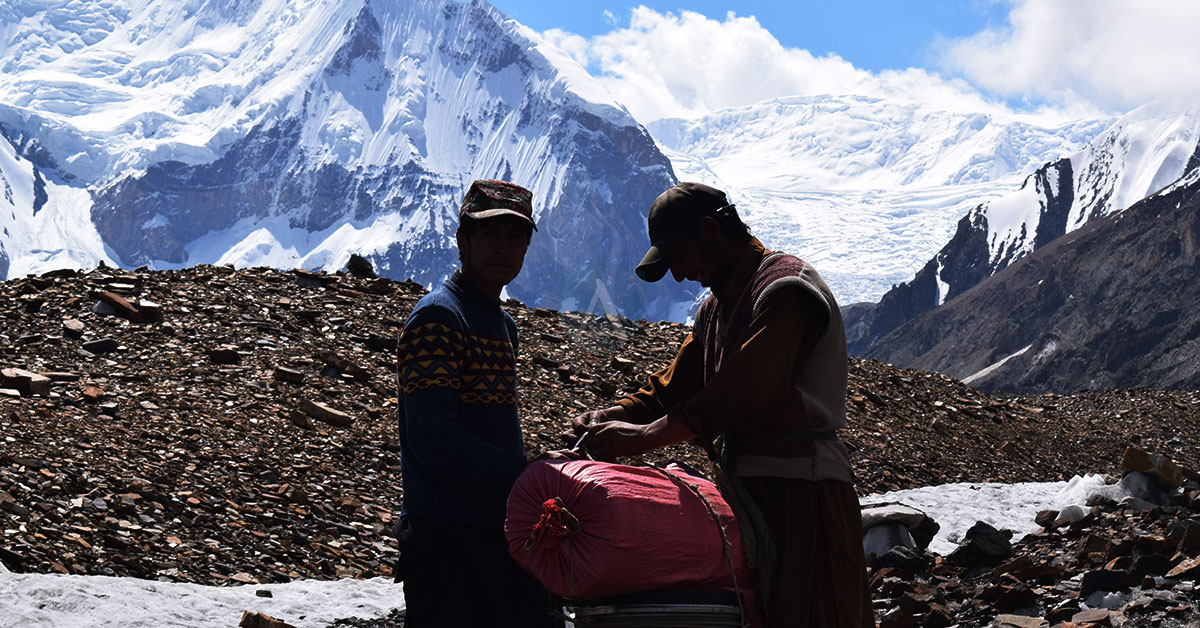
Packing List for the K2 Base Camp Trek
A. Clothing
Make sure you pack warm, layered clothing. Temperatures can drop below freezing at night, so a good-quality jacket, fleece layers, and waterproofs are essential. Also, invest in sturdy trekking boots.
B. Gear
You’ll need a sleeping bag rated for at least -20°C, trekking poles, and a backpack for daily essentials. Don’t forget water purification tablets and altitude sickness medication.
C. Essentials
Carry a first aid kit, plenty of snacks, and important documents like permits, passports, and travel insurance.
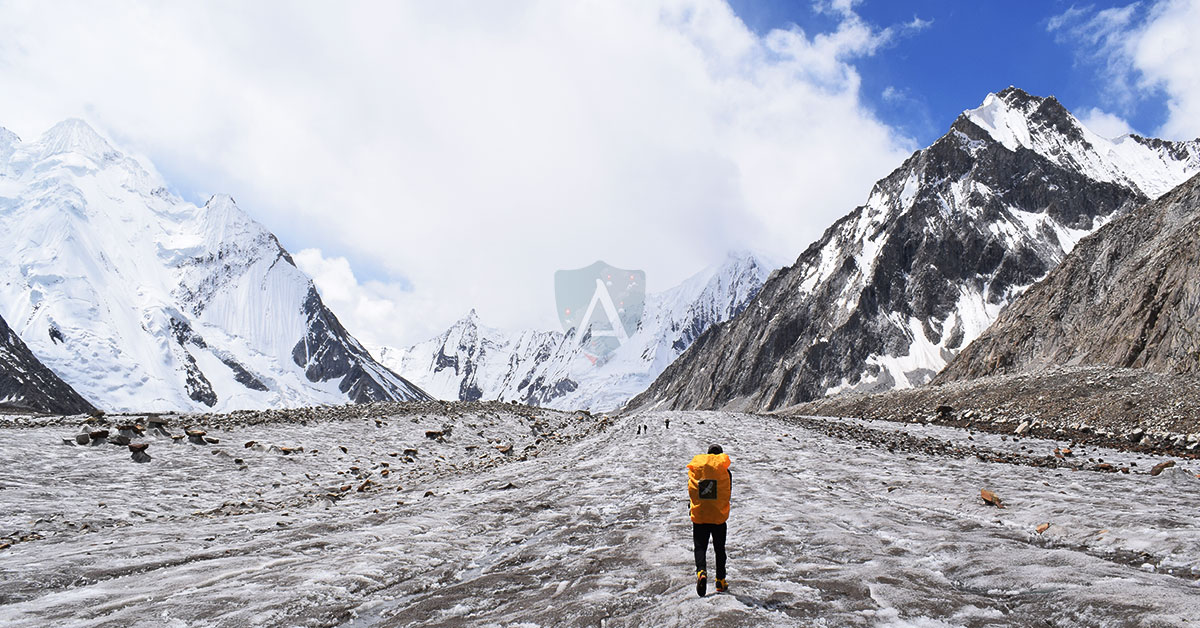
Preparing for the Trek
A. Physical Fitness
You’ll need to be in good shape for this trek. It’s a good idea to start training a few months in advance, focusing on building endurance. Practice long-distance hikes, and if possible, train in high-altitude areas to get used to thinner air.
B. Mental Preparation
Trekking to K2 Base Camp is as much a mental challenge as it is a physical one. The isolation, cold temperatures, and long days can be tough, so it’s important to stay mentally strong and keep pushing forward.
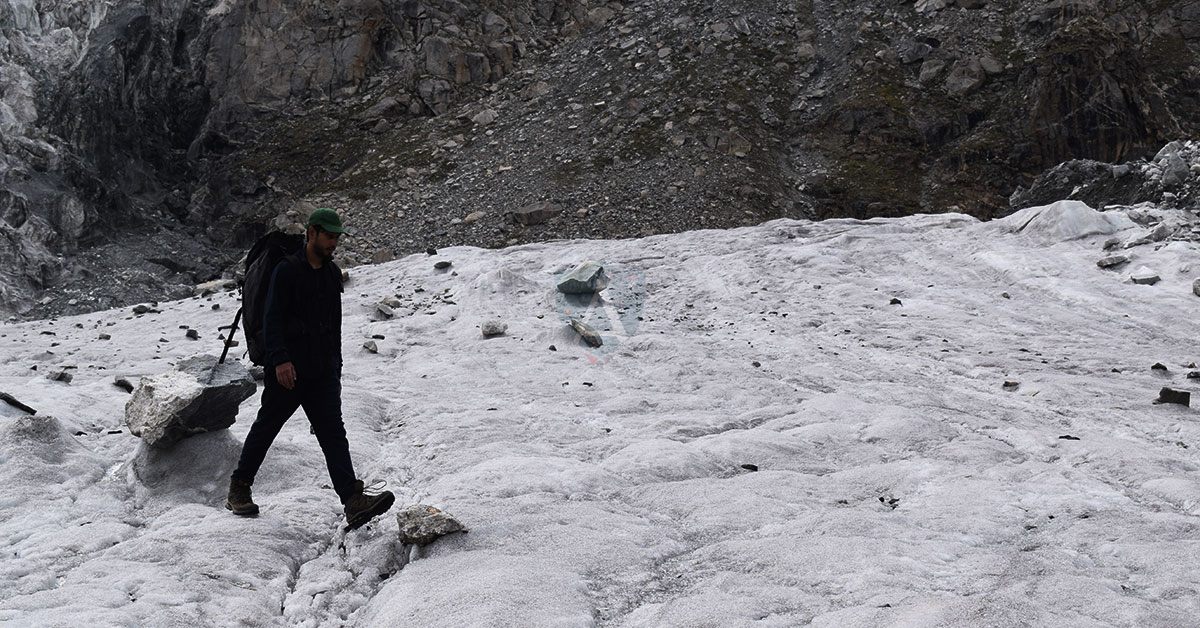
Costs and Permits
A. Estimated Costs
Trekking to K2 Base Camp isn’t cheap. Costs usually include permits, guides, porters, food, and accommodation. Depending on your travel style, the total expense can range between $2,500 to $4,500.
B. Necessary Permits
You’ll need permits to trek in the K2 Base Camp area. These can be obtained in Islamabad or Skardu and are included in most organized trekking packages.
Safety Tips for Trekking to K2 Base Camp
- Stay hydrated and eat regularly to maintain energy.
- Be prepared for sudden weather changes by packing appropriately.
- Always trek with a guide and consider hiring porters to help carry your gear.
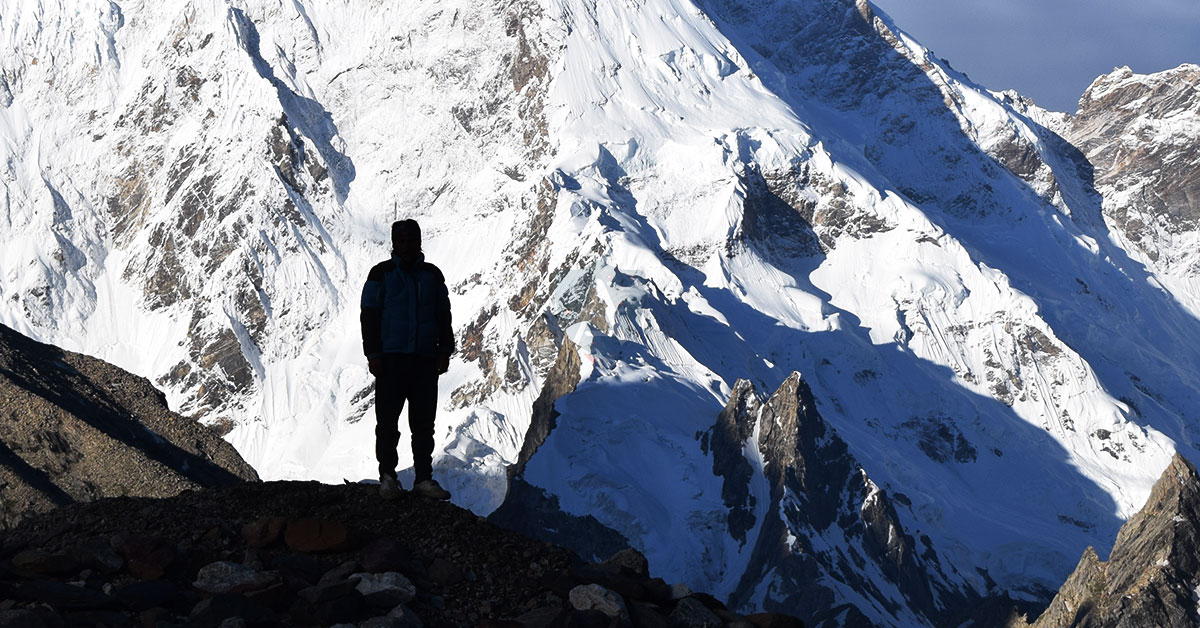
Conclusion
Trekking to K2 Base Camp is an unforgettable adventure. The stunning mountain views, challenging terrain, and the thrill of standing at the foot of the world’s second-highest mountain make it an experience of a lifetime. If you’re looking for a true adventure, this trek should be at the top of your list! Don’t wait—contact us today to start planning your K2 Base Camp expedition and secure your spot on this epic journey!

